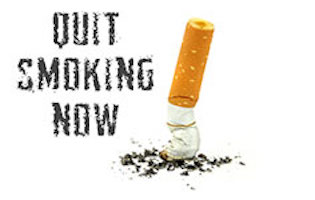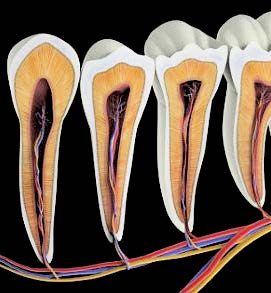
Research into the effects of e-cigarettes lags behind their popularity. But ready or not, the era of e-cigarettes is here.
How E-Cigarettes WorkThey look like the real thing. The end glows as you inhale. As you exhale, you puff out a cloud of what looks like smoke. It’s vapor, similar to the fog you might see at rock shows.
All e-cigarettes work basically the same way. Inside, there’s a battery, a heating element, and a cartridge that holds nicotine and other liquids and flavorings. Features and costs vary. Some are disposable. Others have a rechargeable battery and refillable cartridges.
Using an e-cigarette is called “vaping.”
Supporters argue e-cigarettes help most smokers give up tobacco and it is rare for people who don’t already smoke to take up vaping (as the practice of inhaling from e-cigarettes is known).
However, on the other side are scientists who argue the devices should be shunned because their risks are unknown and they encourage non-smokers to become addicted to nicotine.
E-cigarettes are designed to vaporise a liquid solution containing nicotine, to provide a smoker’s high without tar and cancerous chemicals found in tobacco.
 However, recent research indicates e-cigarettes may themselves bring risks of cancer and other smoking-related harms, such as cardiovascular disease. This month, for example, U.S. scientists claimed the vapour emitted by the devices damages DNA and could cause cancer, which they said could mean they are no safer than tobacco.
However, recent research indicates e-cigarettes may themselves bring risks of cancer and other smoking-related harms, such as cardiovascular disease. This month, for example, U.S. scientists claimed the vapour emitted by the devices damages DNA and could cause cancer, which they said could mean they are no safer than tobacco.
The research by the University of San Diego in California was only on human cells in the lab. But the results are disturbing.
The experiment continuously exposed normal cells from the human head and neck to strong e-cigarette vapours for up to eight weeks. Head and neck cancer is a significant risk from smoking conventional cigarettes.
The exposed cells developed pre-cancerous DNA damage and died far sooner than similar cells not exposed to e-cigarette vapour, says the Journal of Oncology.
In December, Spanish scientists warned in the journal Current Environmental Health Reports that a number of e-cigarette brands emit significant levels of a fine chemical soot, called PM2.5.
This is known to cause death through cardiovascular disease.
Meanwhile in September, research chemists from the University of California, Irvine, warned e-cigarettes produce the same amounts of the chemicals acrolein and acetaldehyde as conventional cigarettes. These irritants are known to cause lung damage that may lead to cancer or asthma-type breathing troubles, reported the journal Aerosol Science And Technology.
Furthermore, the process of heating and vaporising the nicotine solution cooks up new chemicals including the carcinogen benzene and lung irritants such as n-butyraldehyde, also found in tobacco smoke, researchers warned in November in the journal Scientific Reports.
Nicotine is increasingly coming under scrutiny. It’s previously been considered biologically harmless, albeit addictive.
But in August, experts at the authoritative U.S. Centres for Disease Control warned how lab experiments show that it can significantly impair the growth of brains and lungs in unborn babies, and affect the development of adolescents’ brains.
Are they safer than tobacco – Nobody knows yet.
Are They Safe?The nicotine inside the cartridges is addictive. When you stop using it, you can get withdrawal symptoms including feeling irritable, depressed, restless and anxious. It can be dangerous for people with heart problems. It may also harm your arteries over time.
So far, evidence suggests that e-cigarettes may be safer than regular cigarettes. The biggest danger from tobacco is the smoke, and e-cigarettes don’t burn. Tests show the levels of dangerous chemicals they give off are a fraction of what you’d get from a real cigarette. But what’s in them can vary.
WITH INPUTS FROM WEBMD, NHS UK, DAILY MAIL,





Be the first to comment